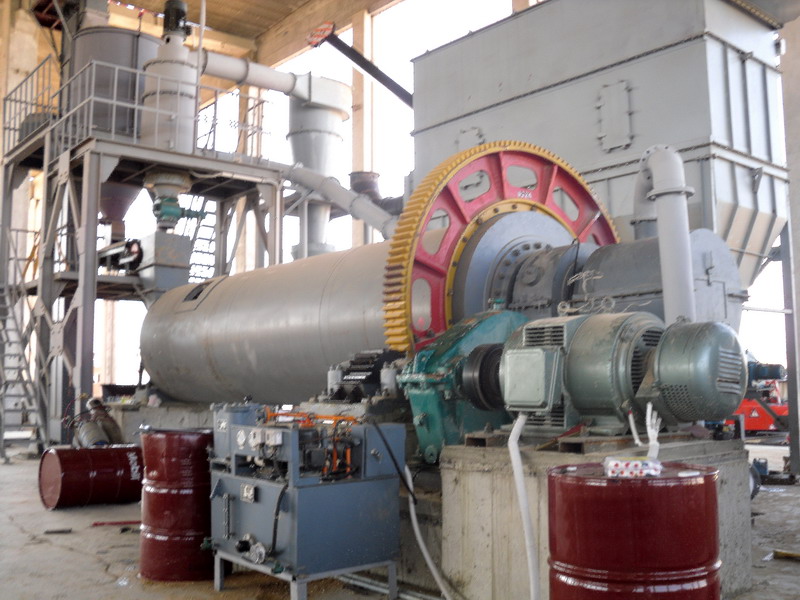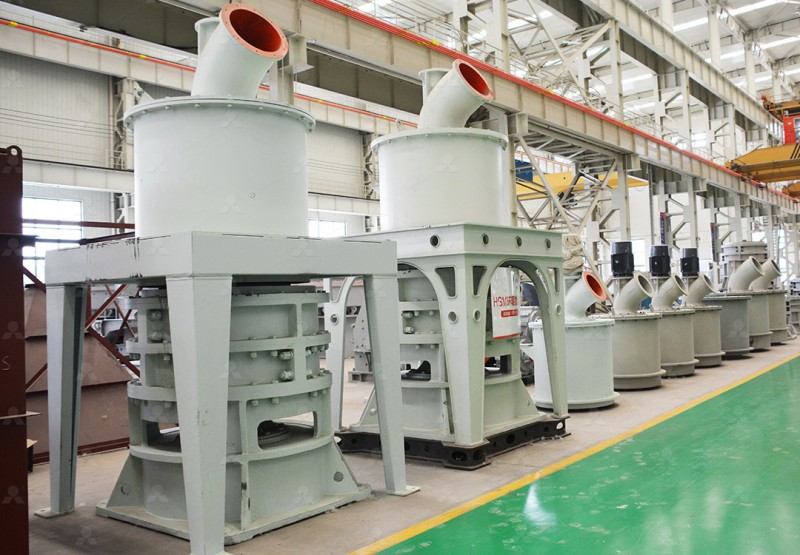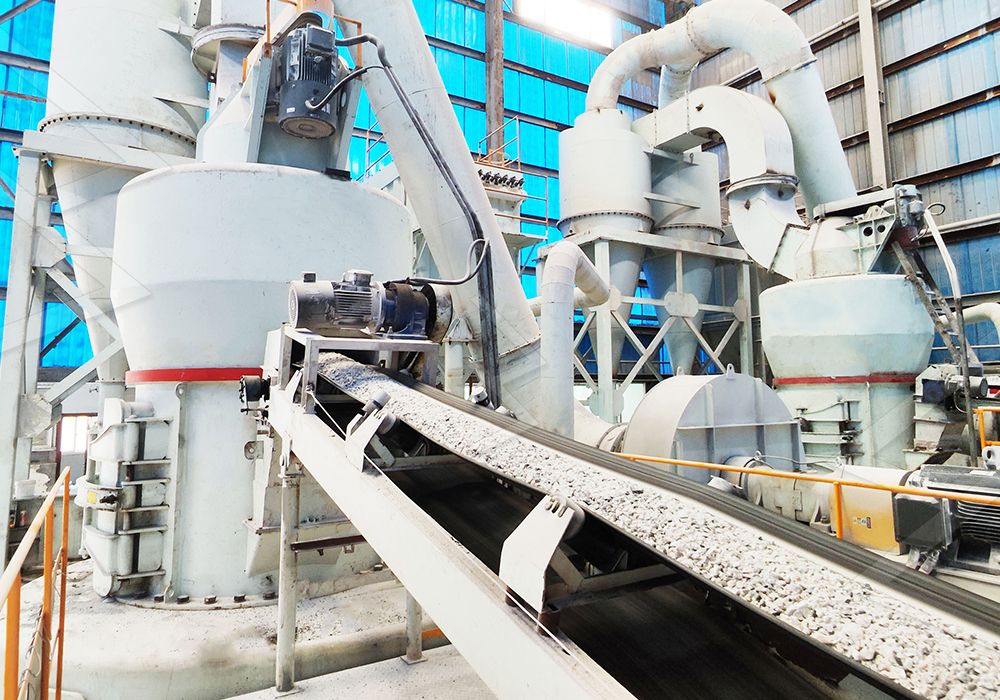Technical Transformation Plan for Phosphate Rock Powder Production: Upgrading Raymond Mill and Ball Mill Systems
Executive Summary
Many phosphate rock processing plants continue to rely on traditional Raymond Mill and Ball Mill systems, which often suffer from high energy consumption, low production efficiency, and inconsistent product fineness. This technical transformation plan outlines a strategic upgrade path to modern grinding technology, specifically addressing the challenges of phosphate rock powder production. Phosphate rock, with its moderate hardness and abrasive nature, demands robust and efficient milling solutions to achieve optimal particle size distribution for downstream applications in fertilizer production.
Current System Limitations
Traditional Raymond Mills, while reliable, typically operate at capacities between 0.6-5 tph and struggle to achieve fineness beyond 400 meshes consistently. Their mechanical design, involving rolling bearings and screws within the grinding chamber, leads to frequent maintenance downtime due to wear and tear. Ball Mills, on the other hand, are notorious for their high energy consumption, with a significant portion of power wasted as heat and noise rather than utilized for effective size reduction. The overall system often lacks integrated, efficient dust collection, leading to environmental concerns and product loss.

Proposed Technical Upgrade Path
The core of this transformation involves phasing out the energy-intensive and limited ball milling circuits and supplementing or replacing older Raymond Mills with modern, high-efficiency, vertical grinding mills. This shift promises a dramatic reduction in specific energy consumption (kWh/t) while simultaneously increasing throughput and product quality.
For plants requiring ultra-fine phosphate powder (325-2500 meshes), we strongly recommend the integration of our MW Ultrafine Grinding Mill. This machine is specifically engineered for customers who need to make ultra-fine powder. With an input size of 0-20 mm and a capacity range of 0.5-25 tph, it is a perfect fit for this application. A key advantage for phosphate processing is its design: there is no rolling bearing and no screw in the grinding chamber. This eliminates a major failure point when processing abrasive materials, freeing users from worries about damages on bearing or its sealing parts. Furthermore, its efficient pulse dust collector and muffler ensure the entire production process meets strict environmental standards, reducing both dust and noise pollution.

Operational and Economic Benefits
The operational benefits are substantial. The MW Ultrafine Grinding Mill, for instance, boasts a production capacity 40% higher than jet mills and twice that of ball mills at the same fineness and power, while system energy consumption is slashed to just 30% of a jet mill. Its German-technology cage-type powder selector allows for precise fineness adjustment between 325-2500 meshes, ensuring a consistent and high-quality product grade (d97≤5μm) crucial for the phosphate market.
From an economic perspective, the transformation significantly lowers operating costs. Reduced energy consumption directly cuts electricity bills. Lower maintenance frequency, thanks to designs devoid of internal chamber bearings and screws, minimizes spare parts inventory and labor costs for repairs. The higher yield and better product quality also command a better market price, improving overall ROI. The modular design of these modern mills also allows for easier integration into existing plant layouts, minimizing civil work and installation time.
Implementation Strategy
A phased implementation is advised. Phase 1 should focus on a detailed audit of the current milling circuit, including power metrics, production rates, and product quality analysis. Phase 2 involves the pilot testing of the selected new mill technology with representative phosphate rock samples to confirm performance parameters. Phase 3 is the execution: dismantling the old ball mill system and installing the new vertical mill, alongside necessary auxiliary equipment like feeders and updated classifiers. Finally, Phase 4 encompasses operator training and a sustained period of performance monitoring to ensure all KPIs are met.

Conclusion
Upgrading from outdated Raymond and Ball Mill systems to advanced vertical grinding technology is not merely an equipment replacement; it is a comprehensive technical transformation. It enhances productivity, slashes operational expenses, improves product quality, and ensures environmental compliance. For phosphate rock producers looking to secure a competitive edge in a demanding market, this investment in modern grinding technology, such as the featured MW Ultrafine Grinding Mill, is a strategic imperative for sustainable and profitable operation.
